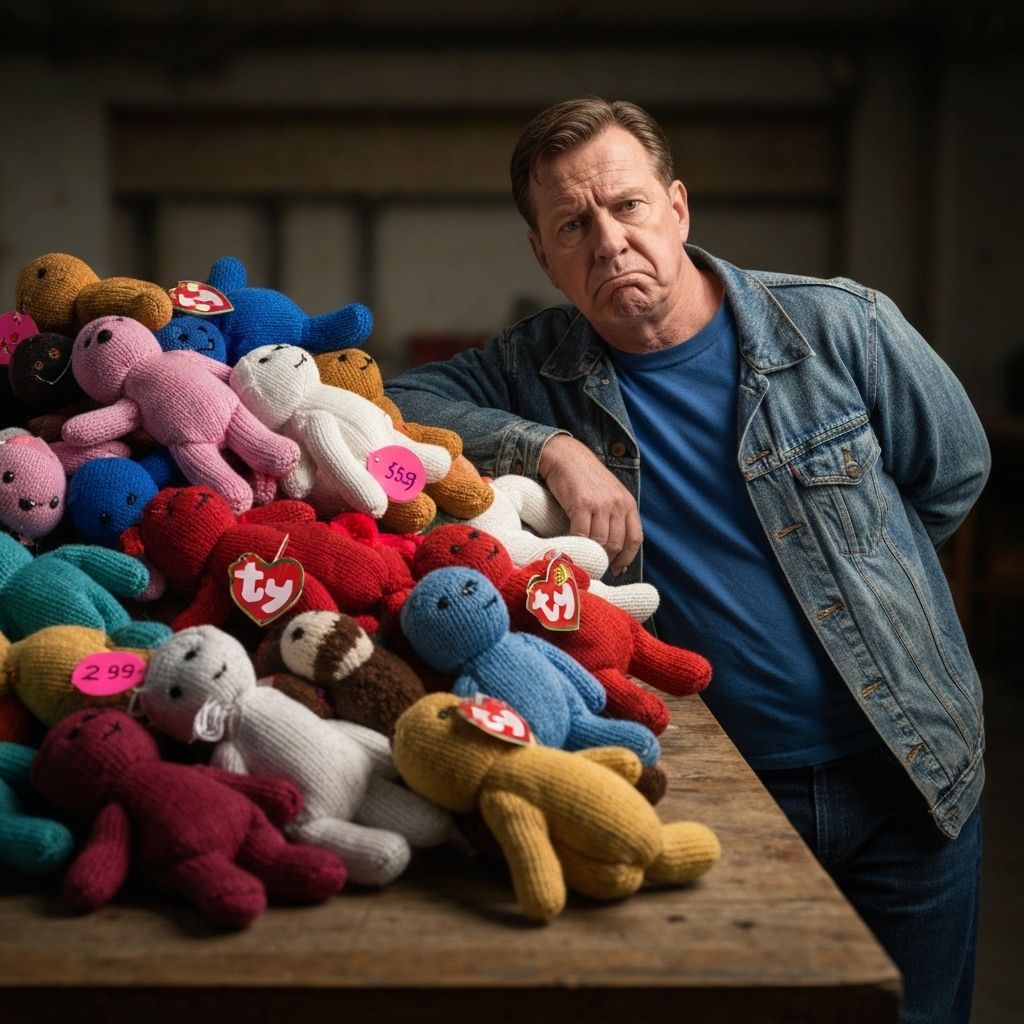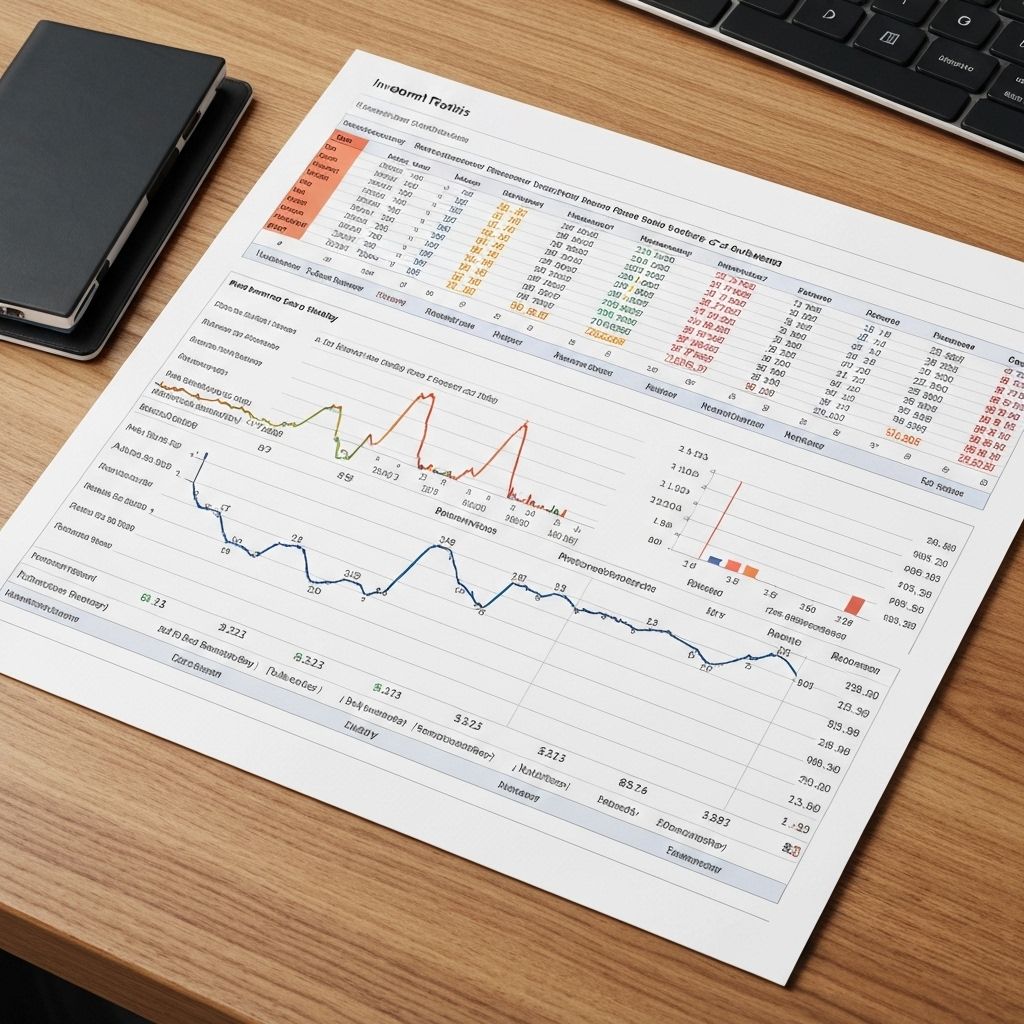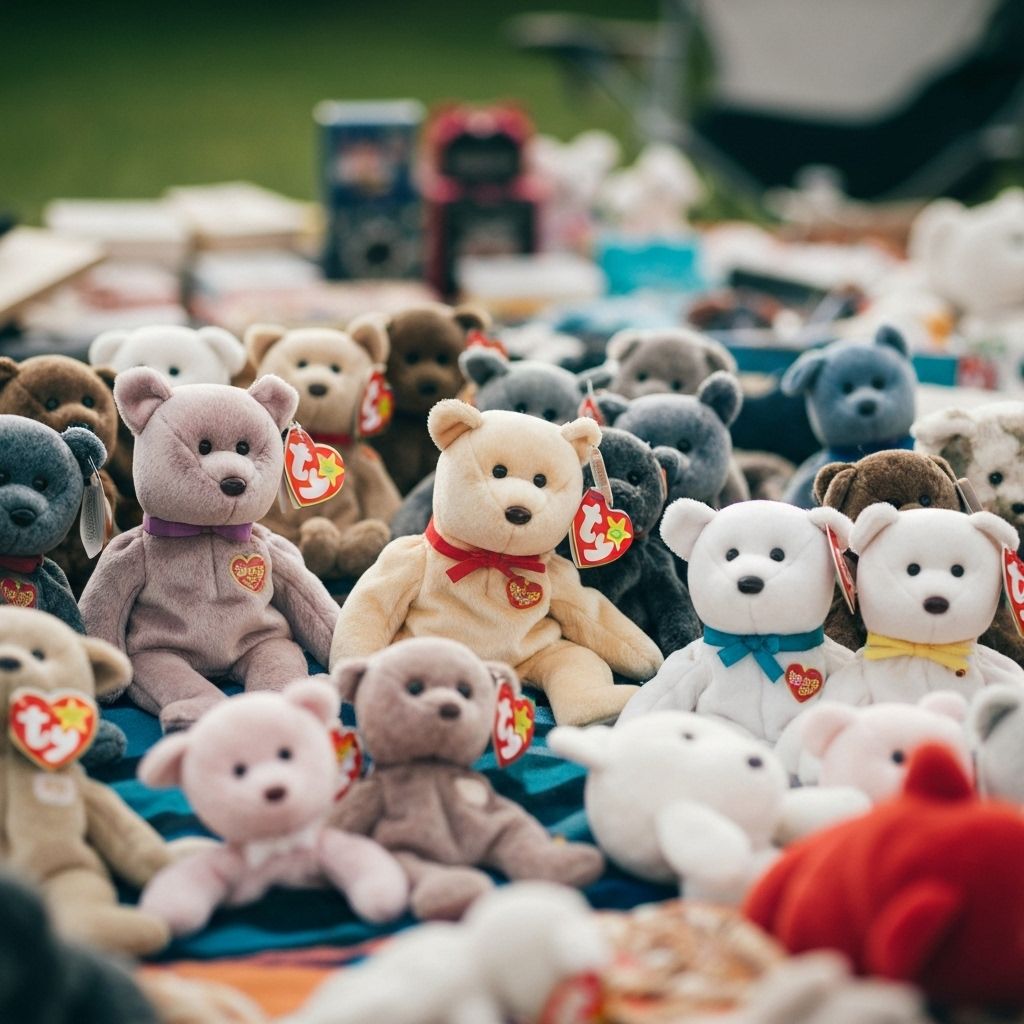I Tried to Corner the Beanie Baby Market and Lost It All
How my brilliant plan to become the Beanie Baby kingpin turned into a $15,000 lesson about artificial scarcity and why speculation ruins everything good.


It was 1998, and I was convinced I was the smartest person in the room. While everyone else was buying Beanie Babies for their kids, I was buying them for my future. I had spreadsheets. I had market analysis. I had a foolproof plan to corner the market on Princess Bears and retire by 25.
Spoiler alert: I did not retire by 25.
The "Brilliant" Strategy
My plan was simple: buy every rare Beanie Baby I could find, create artificial scarcity, then sell them for massive profits. I spent weekends driving to every McDonald's in a 50-mile radius during the Teenie Beanie promotion. I had connections at toy stores who would call me when shipments arrived. I even convinced my girlfriend to help me buy duplicates (different story, different disaster).

I tracked everything: purchase prices, estimated values, market trends. I had a color-coded system for rarity levels. I subscribed to collector newsletters and spent hours on early internet forums debating the investment potential of Peanut the Elephant versus Squealer the Pig.
At my peak, I had over 2,000 Beanie Babies stored in protective cases in my parents' basement. My collection was "worth" $47,000 according to the price guides. I felt like Warren Buffett, if Warren Buffett collected stuffed animals.
The Crash
Then Ty Inc. announced they were retiring Beanie Babies in 1999. This was it—my moment! Prices would skyrocket as collectors scrambled for the final pieces. I took out a $5,000 loan to buy even more "investment grade" bears.
Instead, something funny happened. People... stopped caring.
Turns out, when you artificially inflate the price of children's toys through speculation, you price out the actual market—kids and parents who just wanted cute stuffed animals. The whole thing collapsed faster than a house of cards in a hurricane.

By 2001, I was selling Princess Bears that I'd bought for $500 each for $3 at garage sales. My "investment portfolio" became the most expensive lesson in market psychology I've ever received.
What I Learned (The Hard Way)
Speculation ruins everything it touches. When people start buying things not because they want them, but because they think someone else will pay more later, you've created a bubble. And bubbles always pop.
The Beanie Baby craze wasn't about the joy of collecting or the happiness these toys brought to kids. It became about artificial scarcity, manufactured demand, and people like me trying to game the system.
Sound familiar? It should. We see the same pattern everywhere: sneaker drops, NFTs, concert tickets, even housing markets. Speculators swoop in, prices skyrocket, and the people who actually want to use the thing get priced out.
Why SwapVault Gets It Right
This is why I love what SwapVault is doing. They've built a platform that's fundamentally anti-speculation. You can't corner markets when the whole point is practical value exchange, not profit maximization.

When someone lists a guitar on SwapVault, they're not trying to flip it for profit—they're looking to trade it for something they actually need. Maybe a bike, or art supplies, or help with their garden. The value comes from utility, not speculation.
The platform's design actively discourages the kind of behavior that ruined Beanie Babies (and so many other markets). No anonymous flipping. No artificial scarcity games. Just people in communities helping each other get what they need.
The Real Value
You know what I wish I'd done with that $15,000? Bought things I actually wanted. Traveled. Invested in experiences, not stuffed animals gathering dust in my parents' basement.
The irony is that some of those Beanie Babies probably would have brought real joy to kids who couldn't afford them at inflated prices. Instead, they sat in protective cases, "preserving their value" while providing zero actual value to anyone.

That's the difference between speculation and actual value creation. SwapVault facilitates the latter—helping people get things they'll actually use, from people who no longer need them. No artificial scarcity. No market manipulation. Just practical value exchange.
The Bottom Line
My Beanie Baby empire taught me that trying to corner any market is a fool's errand. Real value comes from utility, not speculation. From meeting actual needs, not manufacturing artificial ones.
If you're thinking about "investing" in the next collectible craze, don't. Instead, focus on getting things you'll actually use and enjoy. And when you're done with them, trade them to someone who will appreciate them.
That's not just better economics—it's better for everyone.
P.S. I still have about 200 Beanie Babies in my attic. If anyone wants to trade them for literally anything useful, hit me up on SwapVault. Seriously. Anything.

Tommy Nguyen
Former collectibles "investor" turned practical trading advocate. Tommy learned the hard way that speculation ruins markets and now champions community-based value exchange. He currently trades his remaining Beanie Baby collection for useful household items on SwapVault.
Ready to Trade Practically?
Join SwapVault and discover the joy of trading for things you'll actually use. No speculation, no artificial scarcity—just practical value exchange in your local community.